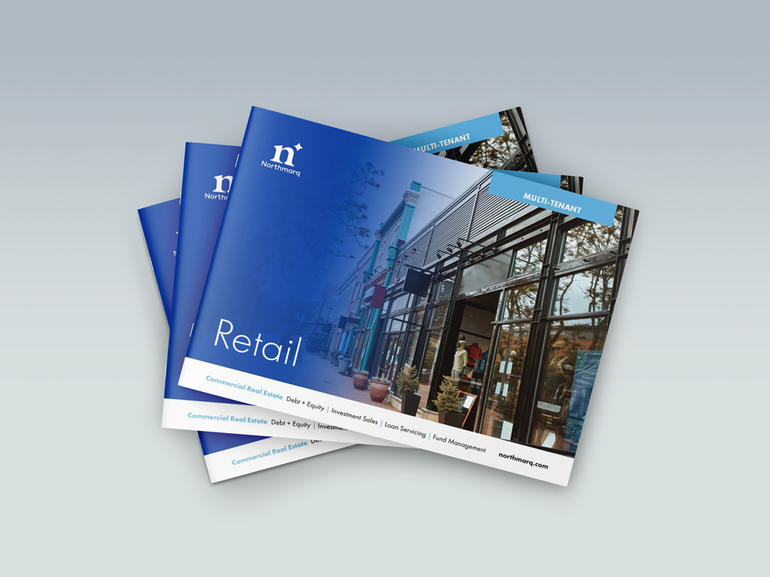MarketSnapshot: Multi-Tenant Retail
Q1 2025

The multi-tenant retail sector delivered a robust performance in first quarter 2025, with investment sales volume climbing 3.7% quarter-over-quarter to $13.1 billion. This marks a 9.8% increase from the same period last year, making shopping centers the only sector to post both quarterly and annual growth. The steady rise reflects persistent investor interest in well-located, necessity-based retail centers and properties anchored by essential services and experiential tenants. Grocery-anchored properties and lifestyle centers aligned with shifting consumer preferences have shown resilience, and demand for shopping centers remains supported by positive fundamentals.
Cap rates in the sector averaged 7.22% at the end of first quarter, up two basis points from fourth quarter 2024 and 18 basis points year-over-year. This gradual upward trend mirrors broader market adjustments to higher borrowing costs, though the retail sector remains competitive due to its potential for stable cash flows, strong tenant profiles and low vacancies.
Private buyers led acquisition activity during the quarter, capturing 52% of the buyer pool. Institutional investors claimed 36% of the market, drawn to grocery-anchored centers and retail strips with high-traffic tenants. The notable rise in institutional involvement underscores growing confidence in retail’s defensive qualities amid economic uncertainty. Still, with a number of recent bankruptcy announcements and store closures from tenants like Big Lots, Joann Fabrics, Party City and others, the sector is not without its challenges. With comparatively low retail supply, however, recently vacated anchor spaces are likely to be in high demand from tenants looking to expand.
Going forward, the multi-tenant retail sector stands as a bright spot in the commercial real estate market. Investor sentiment will likely be shaped by retail’s ability to adapt to economic pressures and evolving shopping behaviors while maintaining attractive yields. The ongoing strength in private capital and renewed interest from institutional players position the sector for stable performance in 2025.
